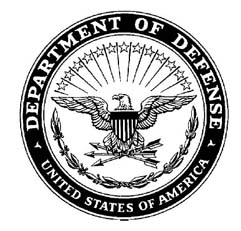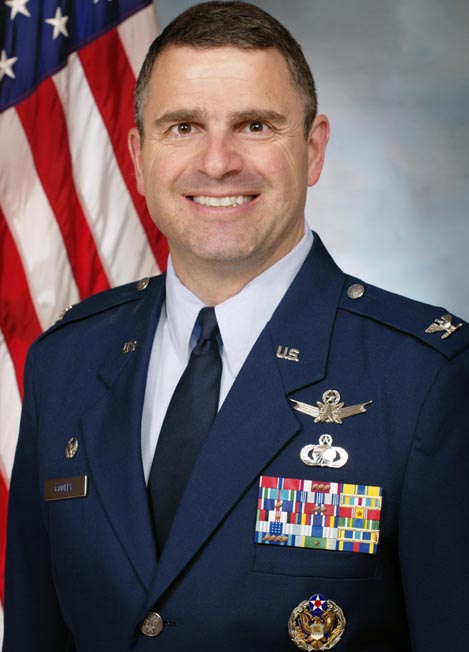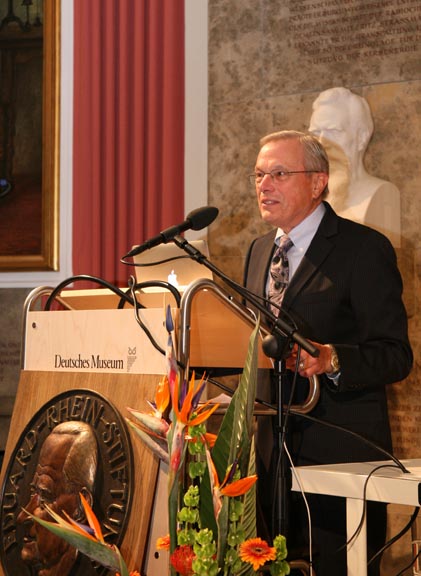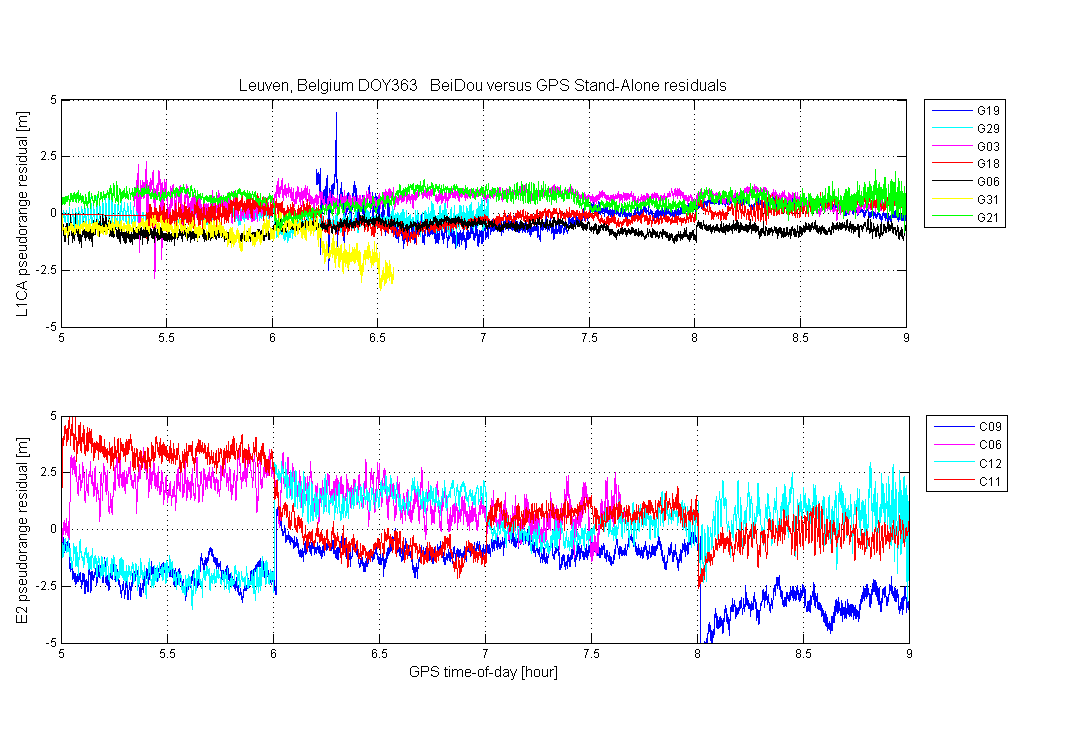The GNSS Quartet
The world’s four GNSS programs aren’t exactly a classical quartet, weaving Mozart stanzas in disciplined execution.
By Inside GNSSThe world’s four GNSS programs aren’t exactly a classical quartet, weaving Mozart stanzas in disciplined execution.
By Inside GNSSThe Air Force Research Laboratory (AFRL) has selected Surrey Satellite Technology US LLC (SST-US), of Englewood, Colorado, to investigate cost reduction and augmentation of the current GPS constellation through the application of a small satellite approach.
AFRL has contracted with SST-US to identify and analyze how small satellites can improve aspects of GPS system performance, such as accuracy, coverage, and robustness at costs far below those of past procurements.
By Inside GNSS View of Pevchesky Lane from Malaya Posadskaya (Wikimedia, photo by Lisidze)
View of Pevchesky Lane from Malaya Posadskaya (Wikimedia, photo by Lisidze)The 20th St. Petersburg International Conference on Integrated Navigation Systems (МКИНС2013) will take place at Elektrobribor company, the Russian Federation State Research Center, on May 27-29, 2013.
Conference topics will cover civil uses and aspects of:
By Inside GNSS
The 2013 Geospatial World Forum and industry exhibition will be held at the Beurs – World Trade Center in the international port city of Rotterdam on May 13-16.
This year’s theme is "Monetizing Geospatial Value and Practices." The keynote speakers are Chris Gibson, vice president of Trimble and Mark Reichardt, president and CEO of the Open Geospatial Consortium (OGC).
By Inside GNSS Deira neighborhood in Dubai
Deira neighborhood in DubaiThe eighth meeting of the International Committee on GNSS will take place in Dubai, United Arab Emirates, from November 10 through November 14 2013.
The meeting’s co-director is Mr. Saleem H. Al Marri, director of the Space Program Department, EIAST, Dubai.
By Inside GNSS
GPS contractors are scrambling to assess new Pentagon budget-cutting directives that have the potential to slow GPS modernization.
The belt-tightening is in response to a three-way fiscal vise created by the failure of Congress and the White House to agree on a budget for this year, on a new limit for the nation’s debt, and on a plan to implement future budget cuts.
By Inside GNSS Philip Dunne, UK Defense Minister for Equipment, Support, and Technology. Wikimedia Commons photo
Philip Dunne, UK Defense Minister for Equipment, Support, and Technology. Wikimedia Commons photoThe United States and United Kingdom announced today (January 17, 2013) that the British government would end its efforts to obtain patent or intellectual property (IP) rights related to GPS.
By Inside GNSS
The U.S. Air Force Space Command has awarded Lockheed Martin Information Systems & Global Solutions–Defense a $100 million contract to upport the GPS ground control segment. The contract’s period of performance is from January 2013 through June 2019.
By Inside GNSS Col. William “Bill” Cooley
Col. William “Bill” CooleyThe U.S. Air Force appears to have identified a future leader of the GPS Directorate.
At a time yet to be determined, Col. William T. "Bill" Cooley will take up the role of Senior Materiel Leader at the Department of Defense (DoD) acquisition office for developing and producing GPS satellites, ground systems, and military user equipment.
By Inside GNSS Brad Parkinson accepts Eduard-Rhein Foundation award in Munich, Germany. (Photo, SbphotodesigN – München)
Brad Parkinson accepts Eduard-Rhein Foundation award in Munich, Germany. (Photo, SbphotodesigN – München)The Global Positioning System and its founders continue to collect honors for the world’s original GNSS enterprise.
Last month, the Space and Missiles Systems Center (SMC) at Los Angeles Air Force Base accepted the donation of the Dr. Robert H. Goddard Memorial Trophy from Brad Parkinson, the original director of the GPS Joint Program Office (JPO) established in 1973.
By Inside GNSS
Do we need performance specs for GNSS user equipment design? For a long time, the signal-in-space interface guidelines provided enough technical guidance. But times have changed.
Over the past two years, the effort by LightSquared to persuade the FCC to allow it to operate high-powered terrestrial transmitters in frequencies adjacent to GPS focused attention on potential vulnerabilities of GNSS user equipment.
By Inside GNSS Figure 2. L1 pseudorange residuals (m) for GPS (L1 C/A, top) and COMPASS (B1-I, bottom) vs. time of day (hour).
Figure 2. L1 pseudorange residuals (m) for GPS (L1 C/A, top) and COMPASS (B1-I, bottom) vs. time of day (hour).Septentrio reported today (January 8, 2013) that the Belgium-headquartered GNSS receiver manufacturer has successfully computed a position/velocity/time (PVT) calculation using BeiDou/Compass satellites in a three-constellation (GPS+GLONASS+BeiDou) solution.
"We are positively surprised of the better than expected performance coming out of what we characterize to be ‘a quite mature constellation,’” Laurent Le Thuaut, Septentrio’s business development manager, told Inside GNSS in an e-mail.
By Inside GNSS
The Institute of Navigation’s 2013 International Technical Meeting will take place January 28, 29 and 30 at the Catamaran Resort Hotel on Mission Bay in San Diego, California.
Stanford’s Sherman Lo will moderate the plenary session, "Exploring the Frontiers of Navigation: Unique and exciting new uses of navigation technologies."
The 120 technical session papers address:
By Inside GNSS